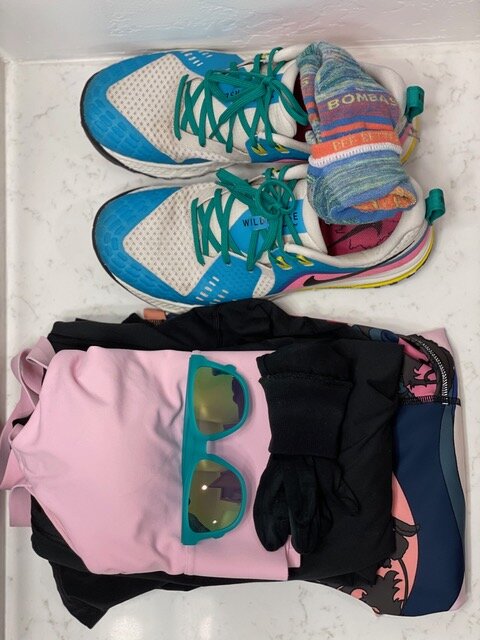

Without access to clean water, both diseases could quickly tear through the already vulnerable populations in the IDP camps.Īs Elder noted in Geneva, twice as many children are already being admitted to regional hospitals than has typically been seen since the last famine. Localized outbreaks of measles and cholera since January have prompted UNICEF to launch a new measles vaccination campaign. A Somali woman and children carry water at a camp for displaced people on the outskirts of Dollow, Somalia, September 20, 2022. In many cases, he said they simply can't drill deep enough to find ground water, so they have to truck in clean water - a costly alternative. "We are worried about water, too," said Chinyama, noting that in some of the drought-ravaged areas where the agency is working, it has to dig deeper and deeper as the water table has sunk ever lower. aid agency's urgent efforts were focused on finding and treating children suffering from severe malnutrition, as well as providing vaccinations and treatment for cholera and measles. "We have no capacity, because we are in life-saving mode and it is our priority to save lives, but I find that so hard - not to be able to offer them any support." "It will be too late"Ĭhinyama said the U.N. They have nothing, no future prospects, and they are having to deal with immense loss," Chinyama said. "We are so focused on lifesaving and raising funds just to keep people alive, you can lose sight of the fact there are so many kids in the IDP camps, not at school.

We often talk to parents, but seeing a sibling in such trauma, I will never forget that." "As I was talking to the mom, I noticed the 10-year-old brother crying," he said. She told him her 10-year-old son died of hunger two weeks earlier, and she showed him his grave. Victor Chinyama of the United Nations Children's Fund (UNICEF) told CBS News he recently saw a mother at an IDP camp just outside the city of Baidoa in southern central Somalia with five children. "Things are bad and every sign indicates that they are going to get worse." Pain that "haunts" "The affected population is twice the size of 2011," Elder said Tuesday. agencies' own predictions are correct, that more than 300,000 people will be living under famine conditions by December in Somalia, this time could be far worse. Later that year, United Nations member states and non-governmental organizations backed a charter to end extreme hunger, a campaign laying out five steps to avoid famines.īut if the U.N. The world vowed never to let it happen again. The last time a famine was declared in Somalia, in 2011, more than 250,000 people died for lack of nutrition, half of them under the age of five. "The latest admission rates from August show 44,000 children admitted with severe acute malnutrition. "Today in Somalia, every single minute of every single day, a child is admitted to a health facility for treatment of severe acute malnutrition," UNICEF's Elder told delegations in Geneva on Tuesday. Many have spent their entire lives in hunger. Regional hospitals' stabilization wards are filling up with tiny children clinging to life. Medical workers at camps for internally displaced people (IDPs) say families are arriving without any food or water, often with the most vulnerable - the elderly and children under five - already past the point of medical intervention. Many waited too long, hoping the rain was just about to arrive, but climate change has upended what were once much more predictable weather patterns.

Families watched earlier this year as their crops and livestock died and their children slid into even more dire hunger. Pervasive drought after a fifth consecutive failed rainy season has prompted a massive exodus from southern Somali regions. Islamic militant group claims responsibility for deadly Somalia attack 03:20


 0 kommentar(er)
0 kommentar(er)
